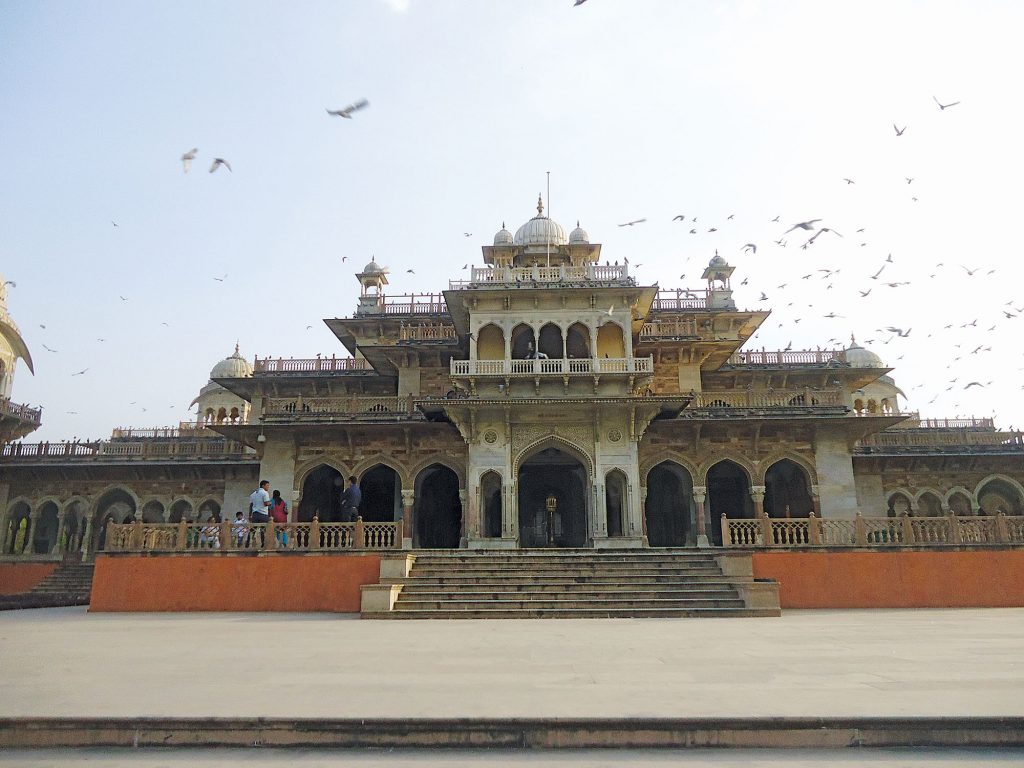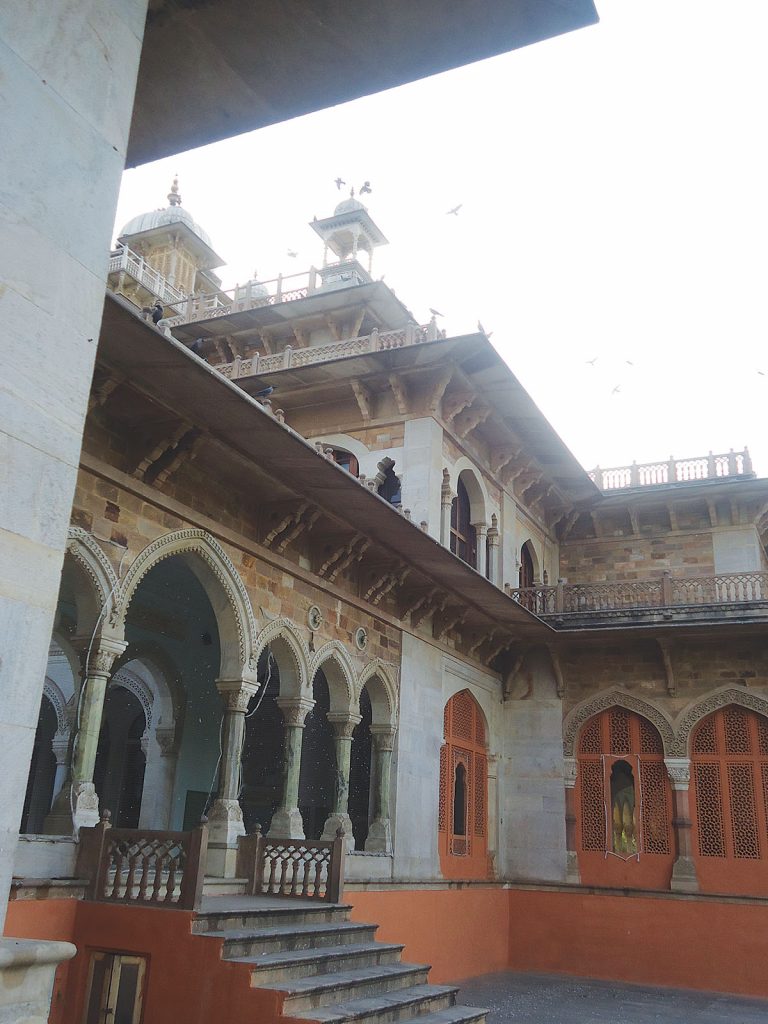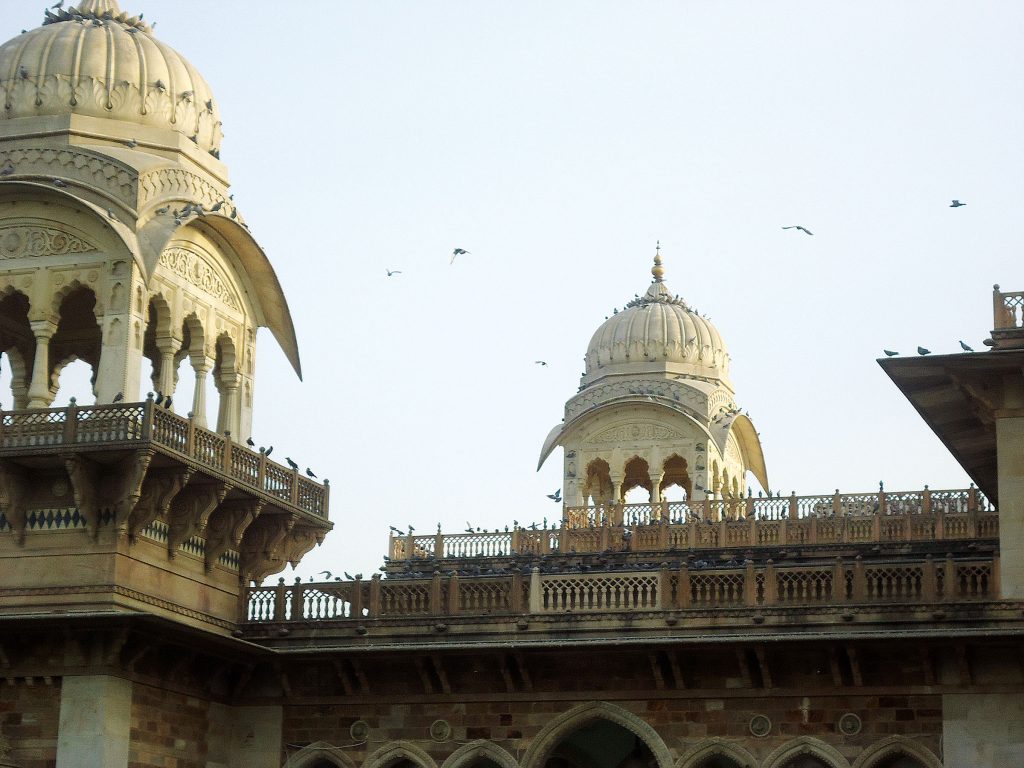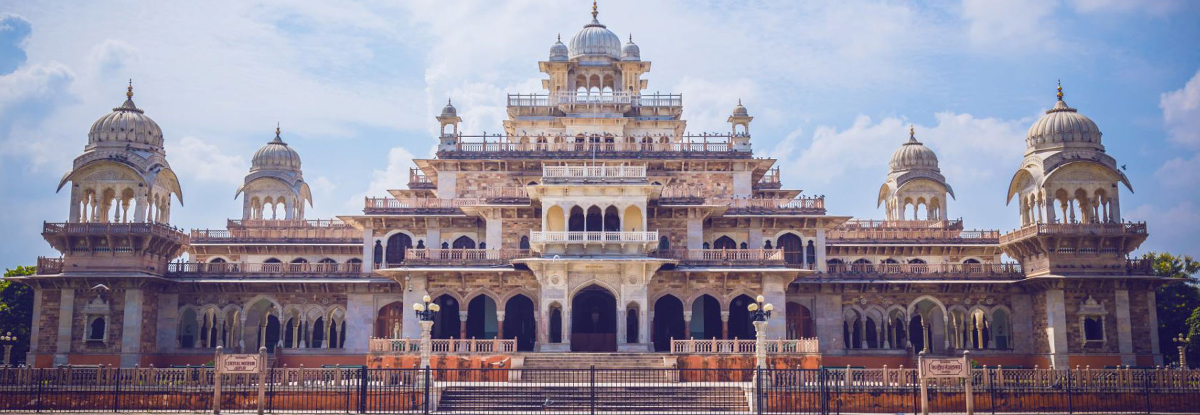Albert Hall – Jaipur’s Unique Museum

When the foundation stone of Albert Hall was laid during the visit of the Prince of Wales, Albert Edward, to Jaipur in 1876, it had yet to be determined what use it would be put to.

There were some suggestions about cultural or educational use or as a town hall. However in 1880 Maharaja Sawai Madho Singh II approved a suggestion by Dr. Thomas Holbein Hendley, Resident Surgeon, whose interests extended beyond his medical responsibilities, to open a museum of IndustrialArts to display products of local craftsmen. A small museum was created in 1881 in temporary accommodation and proved most popular.
The Albert Hall was completed in 1887 by the architect, Samuel Swinton Jacob, Director of Jaipur PWD. The temporary museum and the exhibition whose artifacts had been collected from several parts of India and its neighbourhood were merged and shifted to their permanent home in the new museum.

The building itself became an integral part of the display, its Indo-Saracenic architecture and stone ornamentation, imparting a source of reference for varied classical Indian styles of design from Mughal to Rajput. Thus, Albert Hall became a centre for imparting knowledge of history of civilizations, inspiring artisans to improve their skills, and preserving and developing traditional Indian arts, crafts and architectural forms.Rudyard Kipling, himself the son of a curator, on a visit was so impressed by the architecture, woodwork, display, exhibits, cleanliness and not least the curators office that he wrote,
ʻIt is now a rebuke to all other museums in India from Calcutta downwards.ʼ

